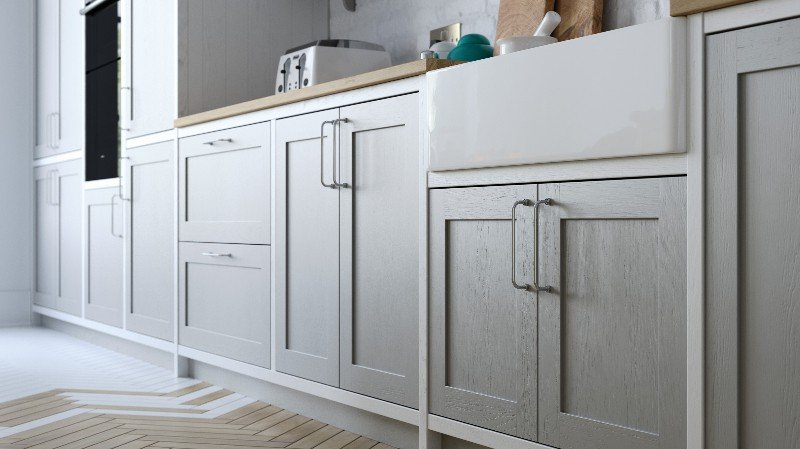Having a pet can be one of the most rewarding experiences, but if you are a renter you may have been told that installing a pet door is not allowed. However, with the right knowledge and consideration of local regulations, landlords, and other tenants, it is possible to install a dog door in your rental property.
Types of Dog Doors
When it comes to choosing the right dog door for rental properties, there are several types to consider.
- The first type is a traditional flap door which is usually made of plastic or vinyl and attaches to the wall or door through screws. This type of dog door is easy to install and affordable but may not be as secure as other options.
- The second type of dog door is an electronic one that uses a collar key attached to your pet’s collar to open and close the door. These doors provide better security than traditional flap doors since no other animal can enter your home except those with the collar keys. However, electronic dog doors are more expensive than traditional ones and require battery replacements from time to time.
- Another option for rental properties is a sliding glass door panel that has a built-in pet door. These panels are perfect for renters who don’t want permanent modifications in their homes but still want their pets to have access outside. They fit snugly into existing sliding glass patio doors and come in different sizes depending on your dog’s size. However, they tend to be more costly than traditional flap doors.
Overall, each type of dog door has its advantages and disadvantages when installing them in rental properties. It’s essential that you choose one that suits your needs without compromising safety or comfort for both you and your pet. Get knowledge of retractable door screens in Los Angeles and know which type is better for you.
Installation Process
When it comes to installing a dog door on a rental property, there are some important things you need to keep in mind.
- First and foremost, you’ll want to make sure that the installation process is done correctly so that the door functions properly and doesn’t damage the property. This means taking measurements of both your pet and the area where you plan to install the door. Once you have those measurements, you can choose a dog door that fits well.
- Next, check with your landlord or property management company before beginning any installation work. Some landlords may have specific requirements for tenants who wish to install a dog door on their property. They might require written permission or certain specifications for the type of installation allowed.
- Finally, be prepared for some DIY work or hire a professional if needed. Installing a dog door can be challenging if you’re not familiar with power tools or home repair projects, especially when it comes to cutting through walls or doors. Visit screenmasterplus.com to know more about installation details. A professional installer will ensure that everything is installed safely and securely while minimizing any potential damage to the property during installation work.
Maintenance & Cost
One of the most important factors to consider when installing a dog door in your rental property is maintenance and cost. Depending on the type of dog door you choose, you may be required to perform regular upkeep to ensure it remains functional and secure. For instance, if you opt for an electronic dog door, you will need to change the batteries periodically, clean the sensors regularly, and ensure that the locking mechanism is functioning correctly.
Another significant factor to consider when installing a dog door is the cost involved. Some dog doors can be quite expensive due to their size or features such as insulation or added security measures. It’s essential to understand your budget before making a decision about which type of dog door is right for your rental property. Additionally, keep in mind that installation costs may vary depending on whether you choose an in-wall or door-mounted option.
Conclusion
In conclusion, installing a dog door can be a great solution for tenants living in rental properties with pets. However, before embarking on this project, it is important to ensure that you have the landlord’s permission and that you comply with any regulations or guidelines outlined in the lease agreement. It is also crucial to choose an appropriate dog door size and location that doesn’t damage the property or create safety hazards.
Additionally, there are various types of dog doors available in the market, each with their own set of features and benefits. It is essential to research and compare different options to find one that meets your needs as well as your pet’s preferences. Lastly, it is recommended to hire a professional installer who has experience working with rental properties and can provide efficient installation without causing any disruptions or damages.
Overall, by taking into account these considerations and precautions, you can successfully install a dog door in your rental property while ensuring compliance with regulations and maintaining a harmonious relationship with your landlord.




